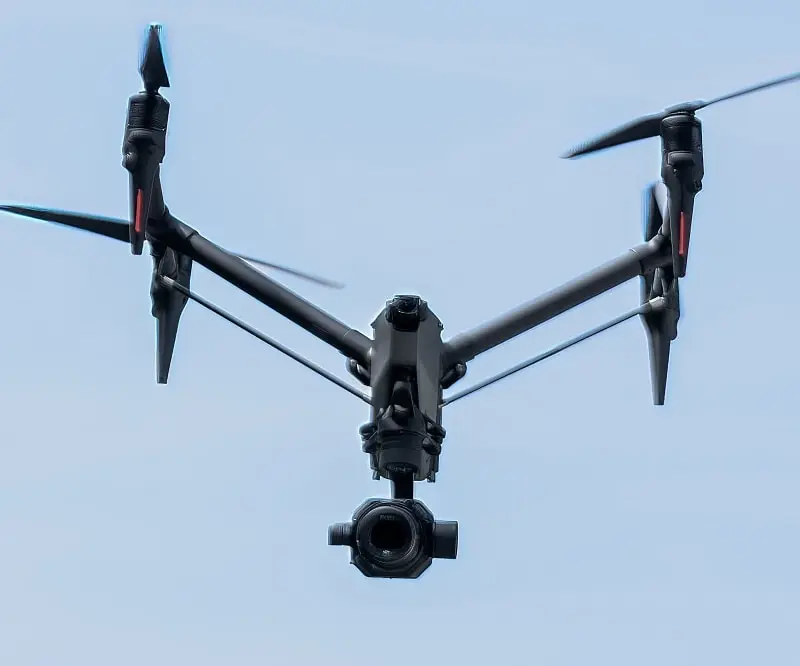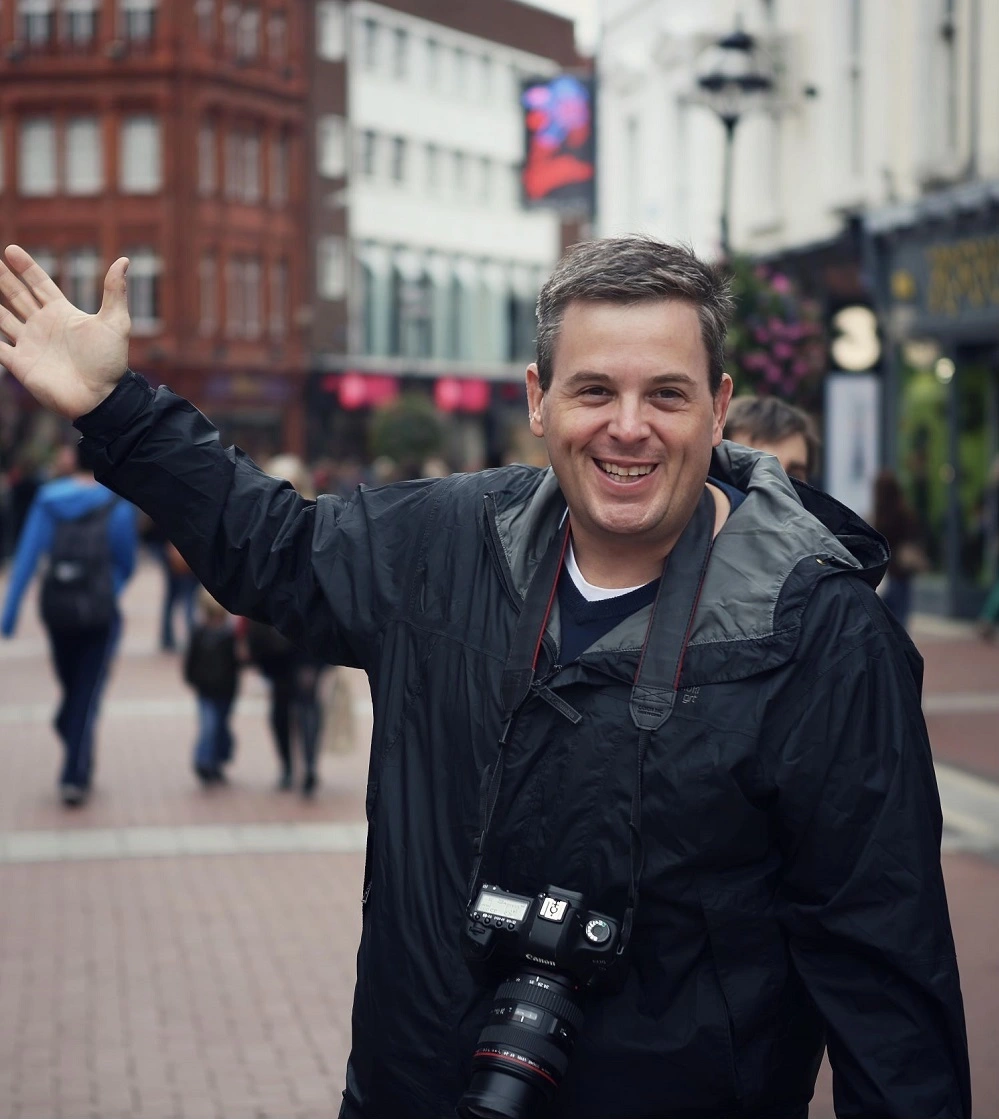 All you wanted was to capture a gorgeous birds-eye view of the park, but you can’t even get your drone off the ground. What gives? If nothing is physically wrong with your drone, you may have entered a restricted “no drone” zone and will need to unlock your DJI drone.
All you wanted was to capture a gorgeous birds-eye view of the park, but you can’t even get your drone off the ground. What gives? If nothing is physically wrong with your drone, you may have entered a restricted “no drone” zone and will need to unlock your DJI drone.
DJI’s GEO system automatically disables takeoff if it detects that it has entered a restricted zone. But that doesn’t necessarily mean you’re out of luck if you want to fly there. It’s possible for licensed drone pilots to unlock a DJI drone - with special approval from the Federal Aviation Administration (FAA.)
Below, learn how to gain FAA approval to unlock a DJI drone for restricted airspace - and discover a Rhode Island drone pilot available for filming projects. You can also check out the FAA Drone Zone for information on managing drone services.
What is a no-drone zone?
A “DJI no fly zone” is an umbrella term for an area restricting drone flight. There are multiple types of no-drone zones, which include the following.- Restricted Airspace. A space that the FAA dubs off-limits for all unauthorized aircraft. It can include areas like airports and military bases
- Local Restrictions: An area that a local or state government agency restricts for drone operators. While these areas forbid drone flight, they don’t restrict flight in the airspace above.
- Temporary Flight Restrictions (TFRs) An area where air travel is limited for a set time period, such as during a major sporting event.
Can you unlock a DJI drone to fly in no-drone zones?
Yes! Both licensed commercial and recreational drone pilots can unlock drones for flight in certain no-drone zones under certain circumstances. You’ll need to gain approval through an FAA-backed program called Low Altitude Authorization and Notification Capability (LAANC).What is LAANC authorization?
LAANC is an automated program that allows drone pilots to apply online for airspace authorization requests. If your application is approved, LAANC will grant access to controlled airspace at or below 400 feet for a set time.LAANC will also give other people, such as commercial airline pilots, notice that a drone will be operating in the area. So, they can be aware of the drone’s flight path.
How to get LAANC authorization for a DJI drone
To meet the qualifications for LAANC, you’ll need to have the following qualifications.- Commercial drone pilots must have a Remote Pilot Certificate and a registered drone.
- Recreational drone pilots must pass the Recreational UAS Safety Test (TRUST) and have a registered drone.
The process is automatic, and you can receive near-instant approval, if your flight meets set parameters. But you can also apply for flights up to 90 days in advance. You can also request additional flying waivers
Other LAANC authorizations
Drone Zone provides authorizations for airports that are not LAANC-enabled. It may also be used to process requests at LAANC-enabled facilities; however, it does not provide authorizations in near real time. All requests are processed manually at the FAA Air Traffic Service Centers and can take up to 90 days to process.You can apply for:
- Authorization at or below approved altitudes on UAS Facility Maps will be approved at FAA Service Centers.
- Authorization requests above the approved altitudes on UAS Facility Maps but at or below 400 feet. The FAA Service Center coordinates approval with the facility that manages the airspace in which you plan to fly.
How to get DJI authorization to unlock your drone
Once you've received your authorization from LAANC, you’ll also need to unlock your drone to bypass DJI’s GEO system. First, you’ll log in to DJI’s website and start an unlock request.You’ll need to have the following information on hand to complete the form.
- Your drone’s serial number
- Coordinates for the approved flight location
- Radius and height of the flight area
- Unlocking duration
- Any official documentation from local authorities
Flying in a restricted drone zone requires great care and attention to your surroundings. So, once you get authorization, remember to always fly your drone within LAANC’s parameters and to adhere to the FAA drone pilot safety regulations.
Drone photography in Rhode Island for restricted zones
Even with apps and automatic systems in place, getting approval and unlocking your drone can be a tedious process. So, if you want to bypass the hard work yourself, McVeigh Media is ready to film.As licensed Rhode Island drone pilots, we have plenty of expereience unlocking our fleet of professional drones for flight in restricted airspace. You don’t need to jump through hoops or go through the process yourself – just call us and enjoy premium, professional drone footage for your next video project.
Contact us today to learn more about our RI drone videography services.
Posted by Sean McVeigh
Sean McVeigh is an award-winning filmmaker and producer with over 25 years of experience. Sean’s work as a cinematographer and editor has been viewed on many of the major TV networks including NBC, ESPN, and the BBC. He has also worked with iconic brands like Apple, GE, Jaguar, Amtrak, US National Parks Services, and AAA.

